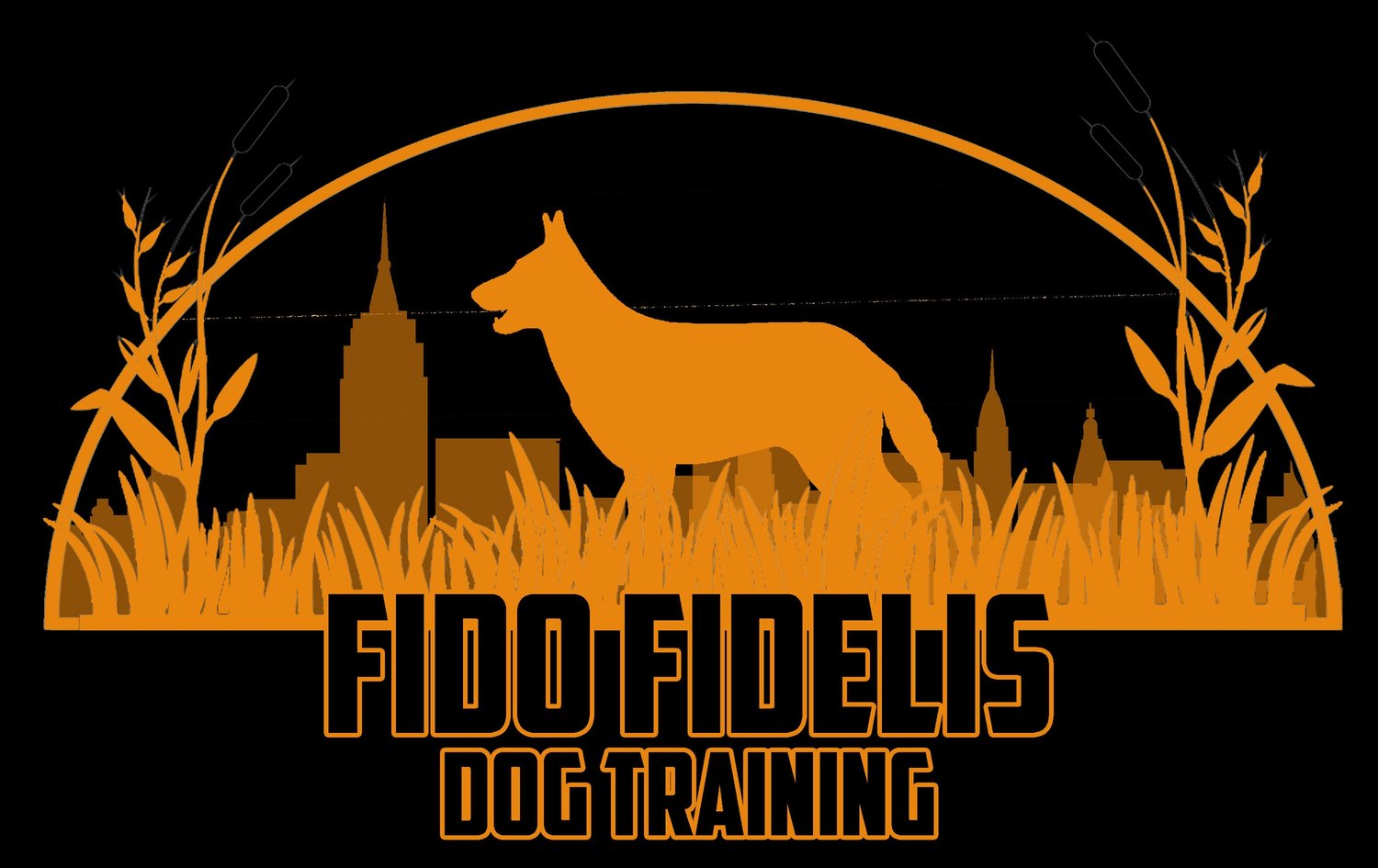Prong collars, also known as pinch collars, are another tool used in dog training that has garnered a lot of controversy and myths. While some trainers and pet owners swear by their effectiveness, others denounce them as inhumane and harmful to dogs. In this blog post, we'll explore some of the most common myths and misconceptions surrounding prong collars and separate fact from fiction.
Myth #1: Prong collars are cruel and painful for dogs.
This is perhaps the most pervasive myth about prong collars. While prong collars do have metal prongs that can press into a dog's neck, they are not intended to be painful or harmful. The pressure applied by the prongs is meant to simulate the pressure a mother dog would use to correct her puppies. In fact, many dogs find the pressure of a properly fitted prong collar to be comforting and reassuring.
Myth #2: Prong collars can damage a dog's trachea or neck.
Another common misconception is that prong collars can cause serious physical harm to dogs, including damage to their trachea or neck. However, when used properly and fitted correctly, prong collars do not pose a risk to a dog's health. In fact, prong collars are often used on dogs with respiratory issues because they distribute pressure evenly across the neck.
Myth #3: Prong collars are only used to punish dogs.
While prong collars can be used to correct unwanted behavior, they can also be used to reinforce positive behavior. For example, a prong collar can be used to signal to a dog that it's doing something right, such as heeling properly or remaining calm in a stressful situation. When used in this way, prong collars can be an effective tool for reinforcing positive behavior and building a stronger bond between a dog and its owner.
Myth #4: Prong collars are a substitute for proper training.
One of the biggest misconceptions about prong collars is that they are a quick fix for behavioral problems and can replace proper training techniques. While prong collars can be an effective tool for training, they are not a substitute for proper training techniques such as positive reinforcement, socialization, and consistent training. In fact, many professional dog trainers use prong collars in combination with other training methods to create a comprehensive and effective training program.
Myth #5: Prong collars are only for aggressive dogs.
Another common myth is that prong collars are only used on aggressive or difficult dogs. In reality, prong collars can be used on dogs of all sizes and temperaments, and are often used on dogs with anxiety or reactivity issues. Prong collars can help to redirect a dog's focus and help them to remain calm and focused in a variety of situations.
Myth #6: All prong collars are the same.
Another common myth about prong collars is that they are all the same and function in the same way. However, there are many different types and styles of prong collars available, and each has its own unique design and function.
For example, some prong collars have larger prongs that are meant for larger dogs, while others have smaller prongs that are better suited for smaller dogs. Some prong collars have a quick release feature, while others require a tool to remove them. Additionally, some prong collars are made of different materials, such as stainless steel or chrome-plated steel.
It's important for pet owners and trainers to understand the differences between the various types of prong collars and to choose the one that is best suited for their dog's needs. A professional dog trainer can help determine which type of prong collar is appropriate for a particular dog and provide guidance on how to properly fit and use it in training. We here at Fido Fidelis only recommend/use Herm Sprenger prong collars in training.
In conclusion, while prong collars are a controversial tool in the world of dog training, many of the criticisms directed at them are based on myths and misconceptions. When used properly and under the guidance of a professional dog trainer, prong collars can be an effective tool for correcting unwanted behavior, reinforcing positive behavior, and building a stronger bond between a dog and its owner. By separating fact from fiction and understanding the limitations and potential risks of prong collars, pet owners and trainers can make informed decisions about their use in dog training.
